Chapter: How Canadians Govern Themselves - Quiz 02
ADVERTISEMENT
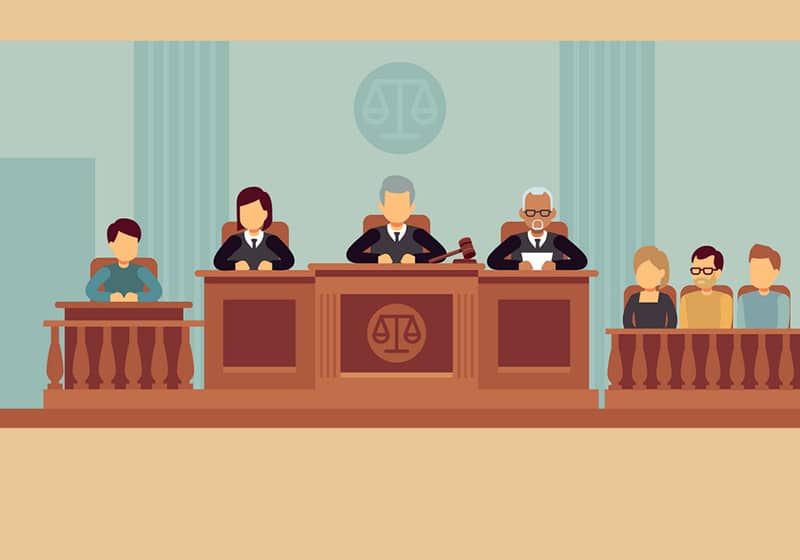
Correct!
Wrong!
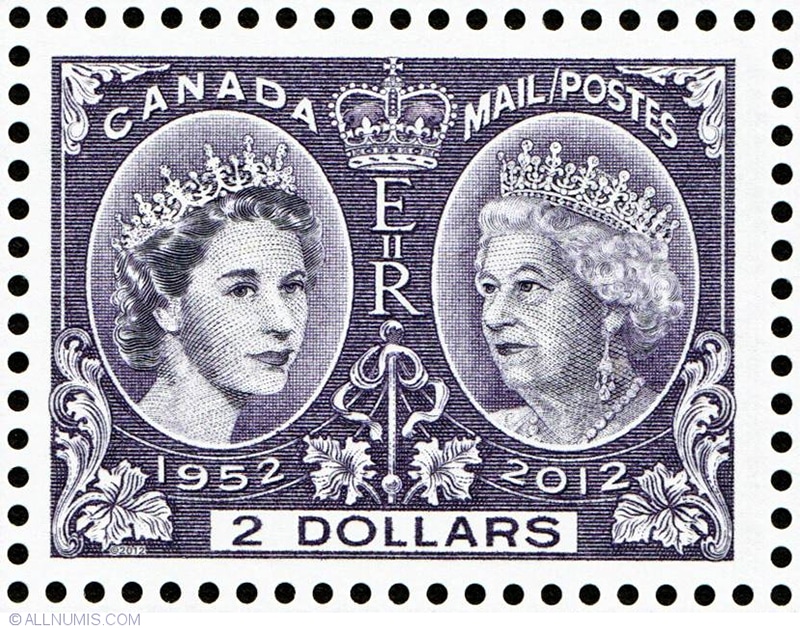
Correct!
Wrong!
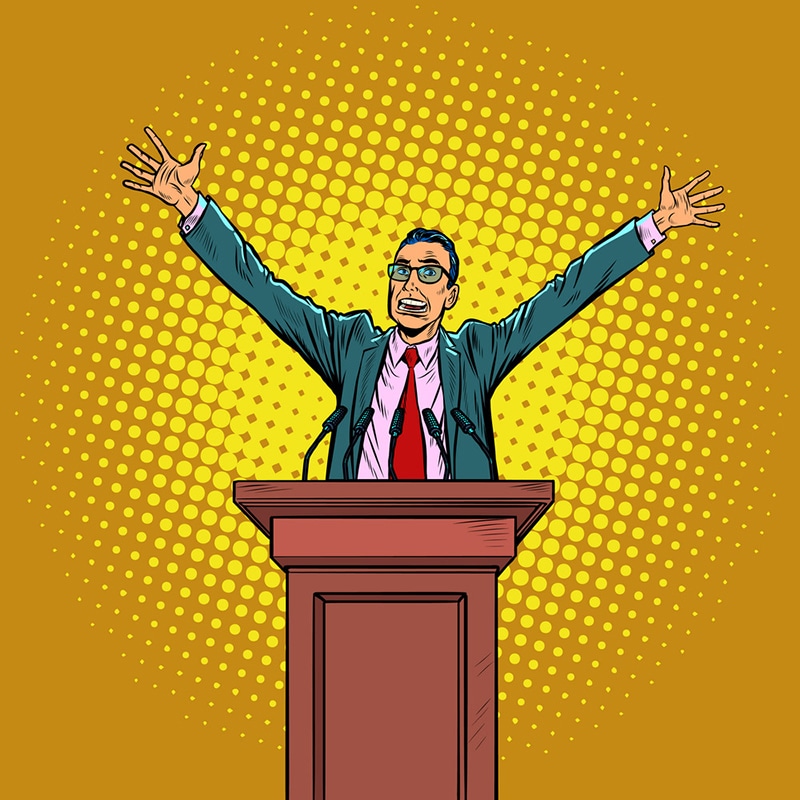
Correct!
Wrong!
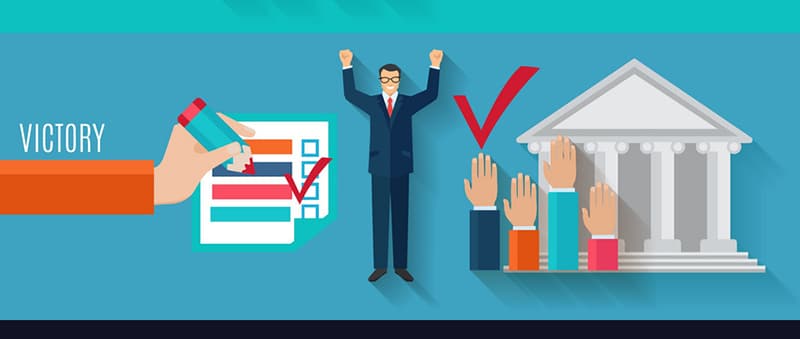
Correct!
Wrong!
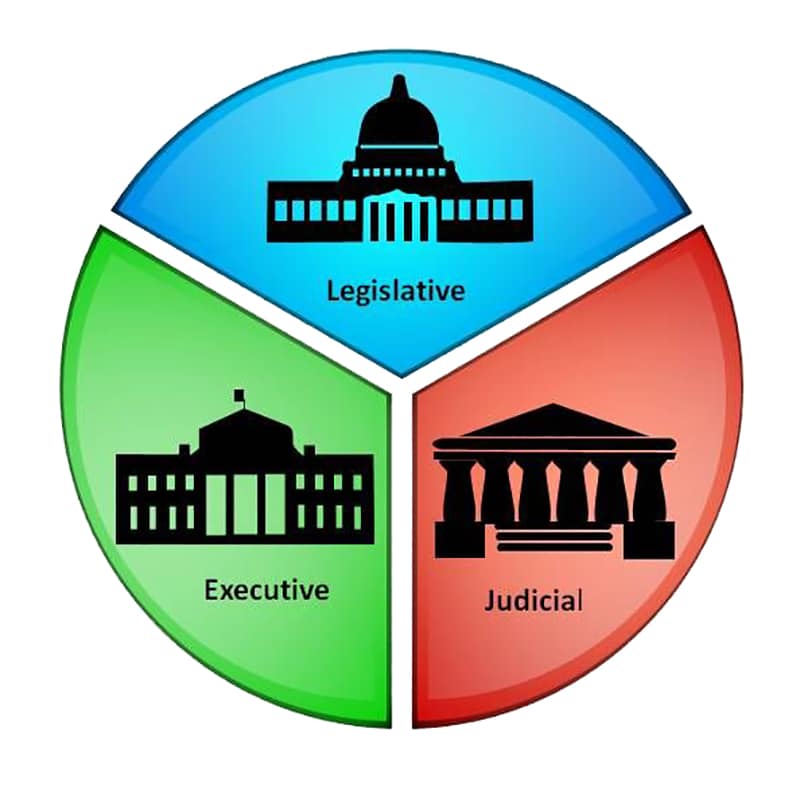
Correct!
Wrong!
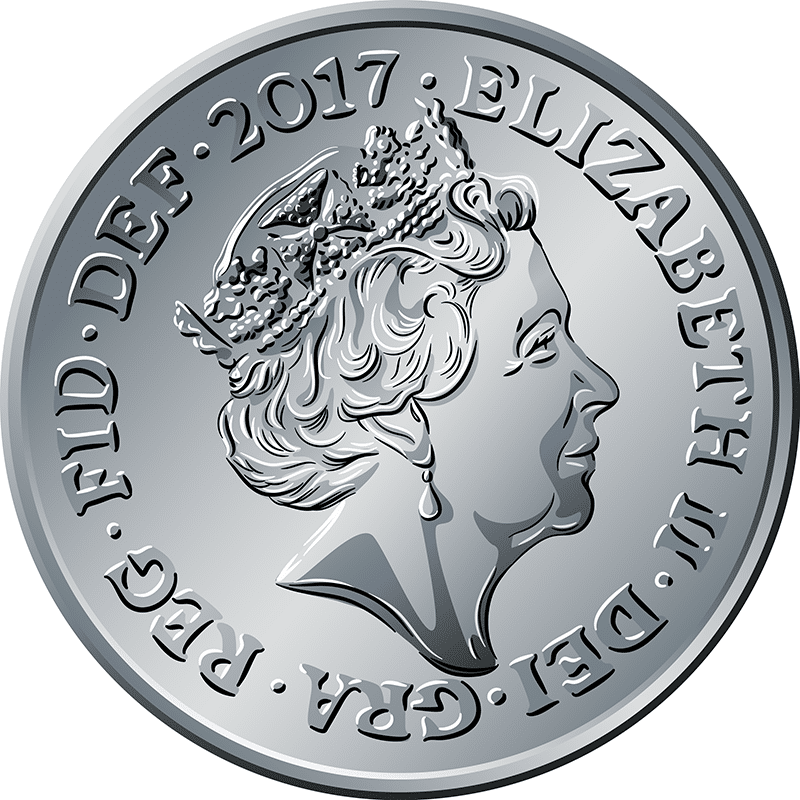
Correct!
Wrong!
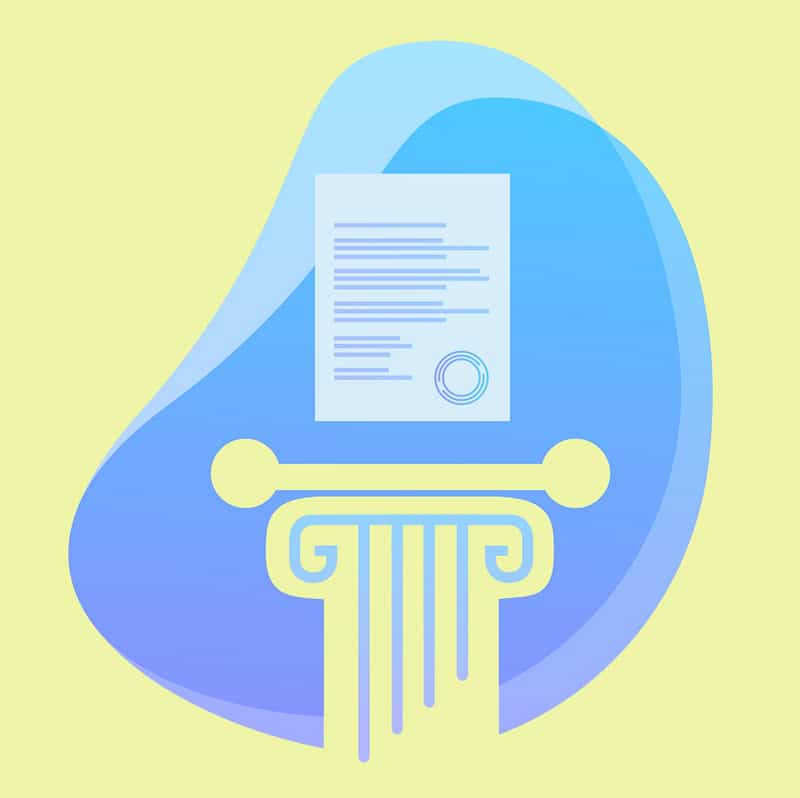
Correct!
Wrong!
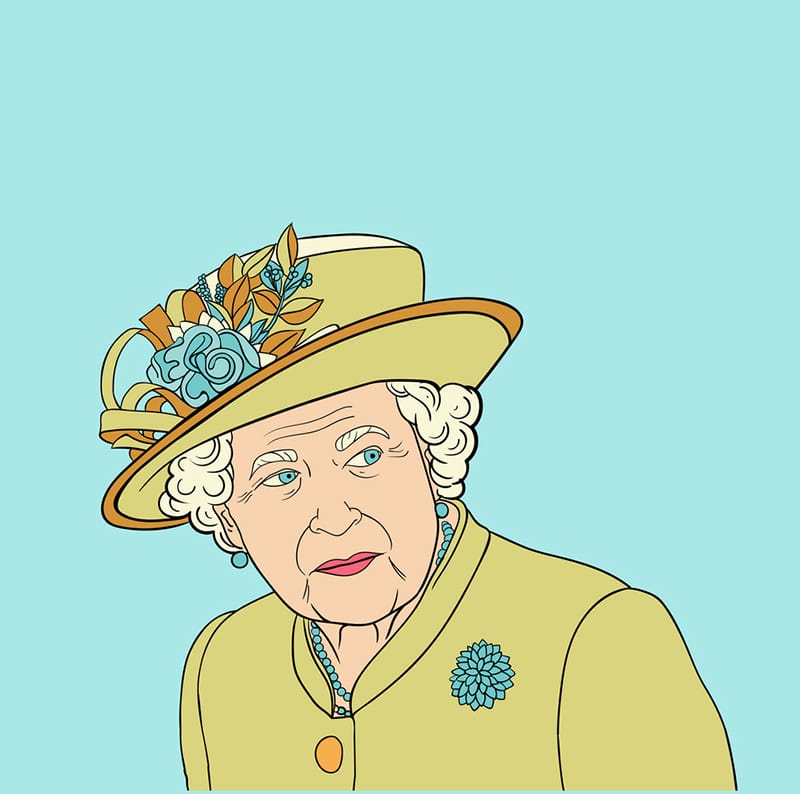
Correct!
Wrong!
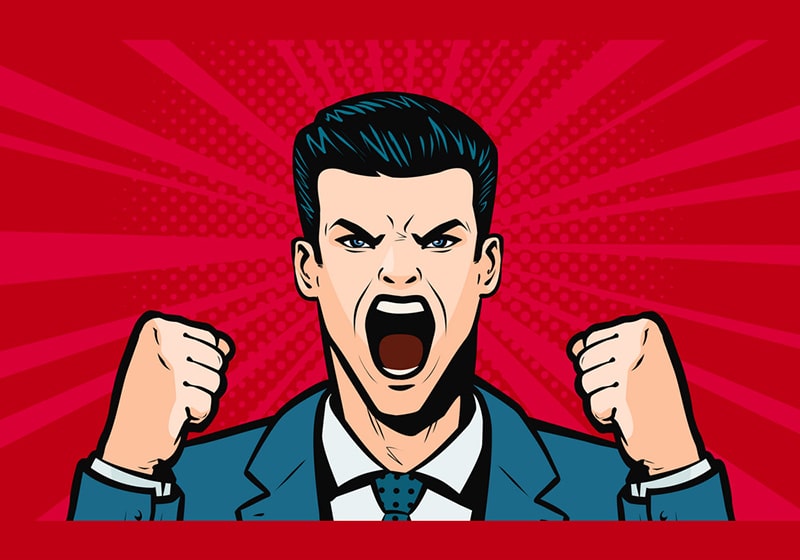
Correct!
Wrong!
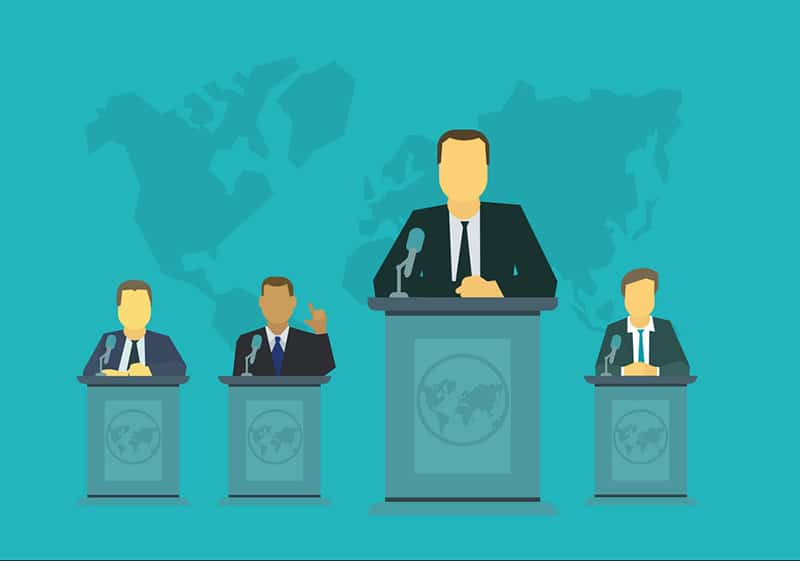
Correct!
Wrong!
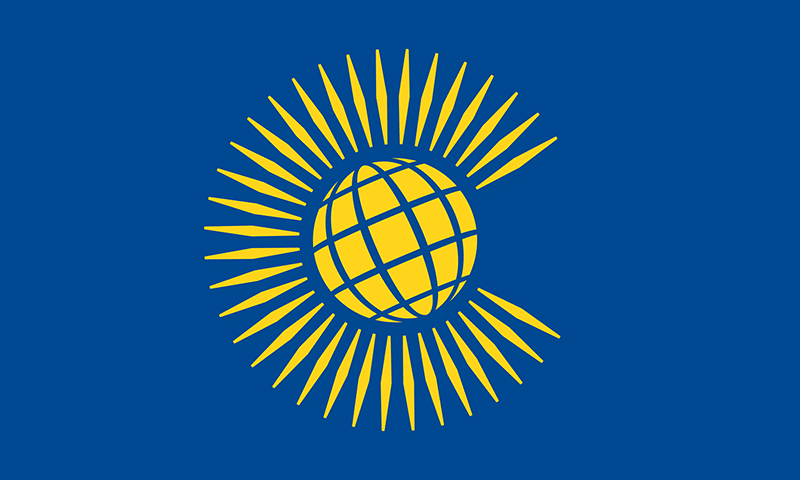
Correct!
Wrong!
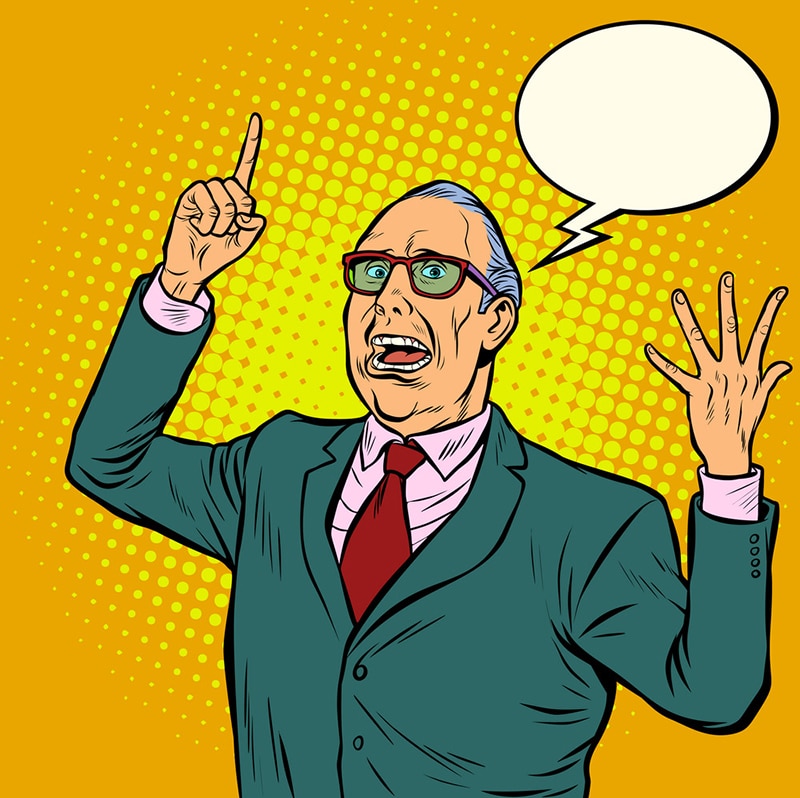
Correct!
Wrong!
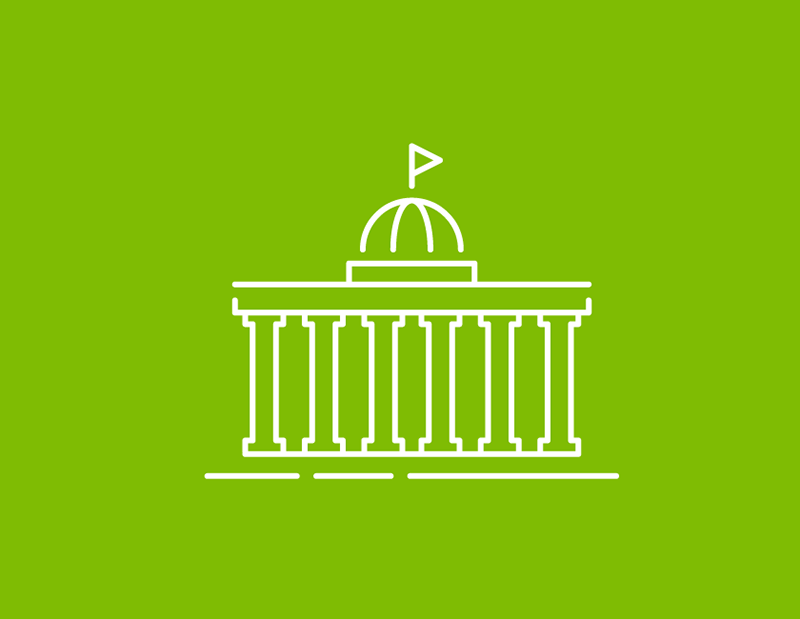
Correct!
Wrong!
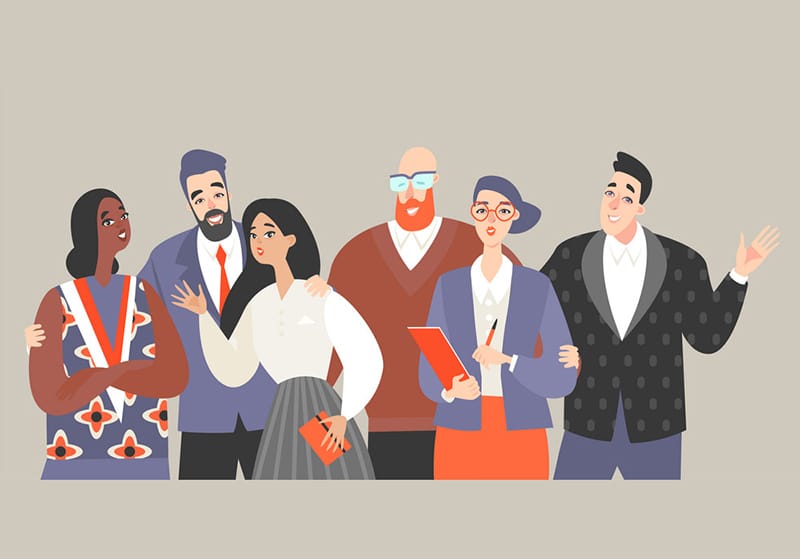
Correct!
Wrong!
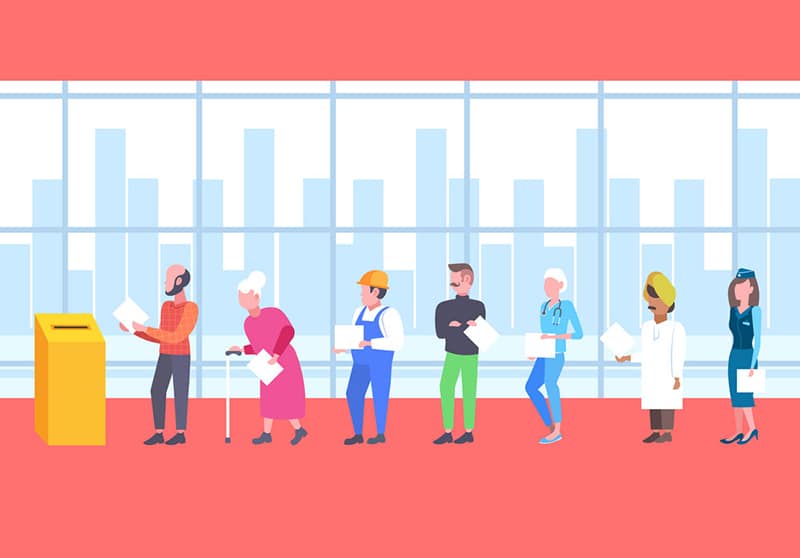
Correct!
Wrong!

Correct!
Wrong!
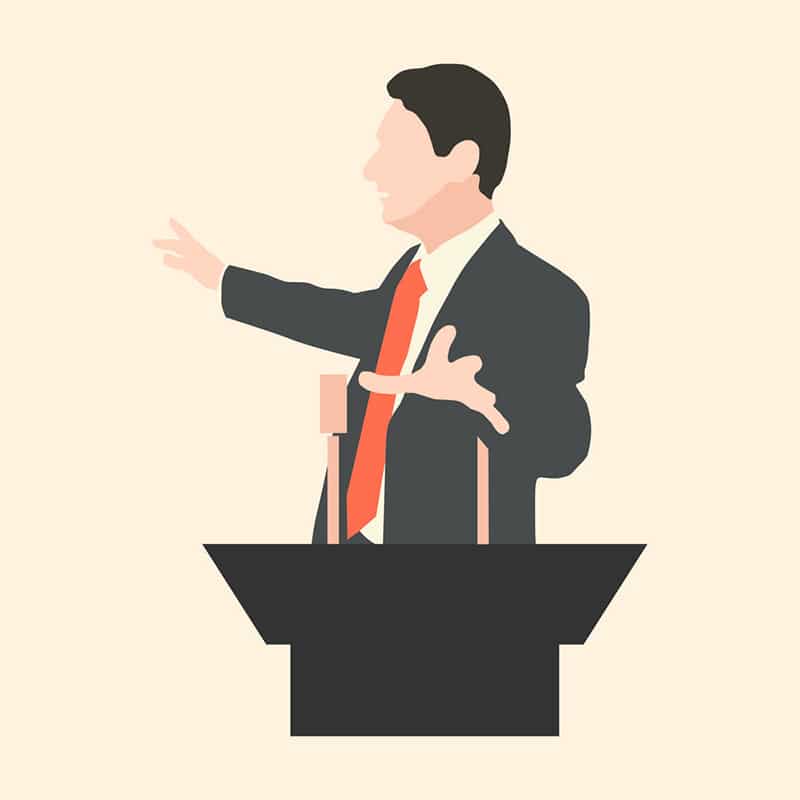
Correct!
Wrong!

Correct!
Wrong!
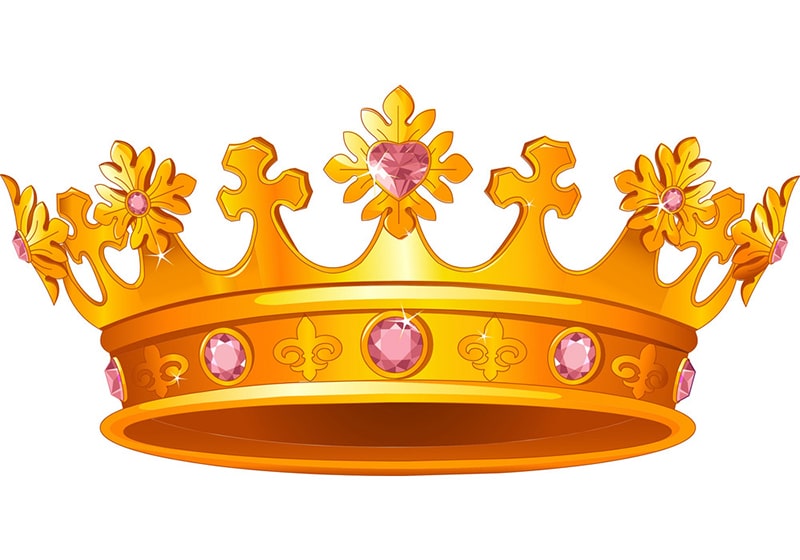
Correct!
Wrong!
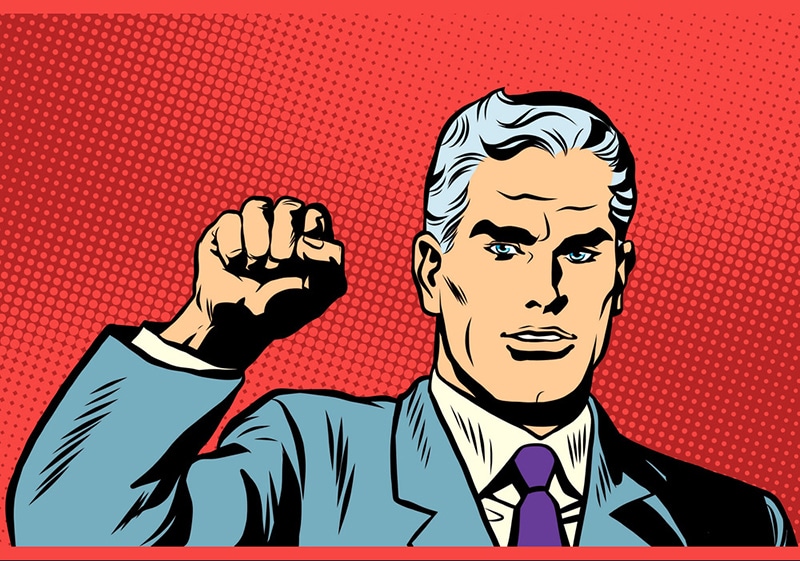
Correct!
Wrong!
Share the quiz to show your results !
Subscribe to see your results
I got %%score%% of %%total%% right
More Learning Options:
Loading…
ADVERTISEMENT
Getting Ready To Become a Citizen? Prepare With Citizenship Test Canada Practice Tools

It’s normal to be stressed and overwhelmed about becoming a citizen. Canada has a long process and a lot of requirements. With everything else you have to do, the test itself can seem too big. This scares some people out of taking the proper steps to get ready. They simply become too overwhelmed and procrastinate.
Don’t let this happen to you. Instead, create a simple plan for studying and practicing.
Get The Official Canadian Citizenship Test Study Guide
Your first step is to get the guidebook. This book is called “Discover Canada”. You can order a paper copy, but you can also find this as a free ebook online or as an MP3 for audio download.
Go through this book more than once. It may be helpful to take notes as you read. This book is packed full of information you may see on the citizenship test, including information on how the Canadian government works, its laws, the history of the country, symbols, geography, and the economy.
Preparing For the Citizenship Test: Canada Practice Exams
You’ve read the guidebook. Hopefully, you’ve read it more than once. You may feel like you’ve done all you can. A lot of people feel like they can’t do anything else, so they stop right there and hope for the best.
While this is a scary fact, it’s important to know that a lot of people fail their first time around on the Canadian citizenship test. It’s a difficult test to prepare for.
Don’t let that intimidate you. Instead, use that information to power you through to the next steps.
Practice exams have been shown to help people get familiar with the citizenship test format and test their recall.
A quality practice exam can be found online for free. With these practice exams so readily available, there’s no reason not to help yourself out by using them.
Once you take the citizenship practice test, take a look at the areas where you struggled. Use this information as a guide for what you still need to study. Perhaps you did very well on questions about geography but failed in areas involving Canadian history. Now you know that you should spend more time studying those parts of the Discover Canada book.
Have Patience With Yourself
Don’t be discouraged if you’re not remembering everything. Instead, give yourself the time you need to properly study. Remember that this exam is hard. If you’re struggling, you’re not the only one. People do pass this test though, and you can, too. You just need to put in the work.
It can be helpful to set a routine on the calendar for your studying schedule. By studying multiple times a week over a period of time, you give yourself more opportunity to truly remember the information. It may be helpful to put three different study sessions for twenty minutes each on your weekly calendar.
On your studying calendar, also put down sessions for taking practice tests. This will give you a regular check-in date.
Find Others Online To Study For the Citizenship Test With
Search online for local study groups in your area. Many of them meet up in online groups. In these groups, you can learn from others who are in different stages of the citizenship process. You may also be able to find a study buddy in the group and hold each other accountable.
Be Confident
With the right tools and dedication to your studying schedule, you’ve set yourself ahead on the path to passing the Canadian citizenship test. Use your practice tests as a guide for your study habits and stay consistent.
